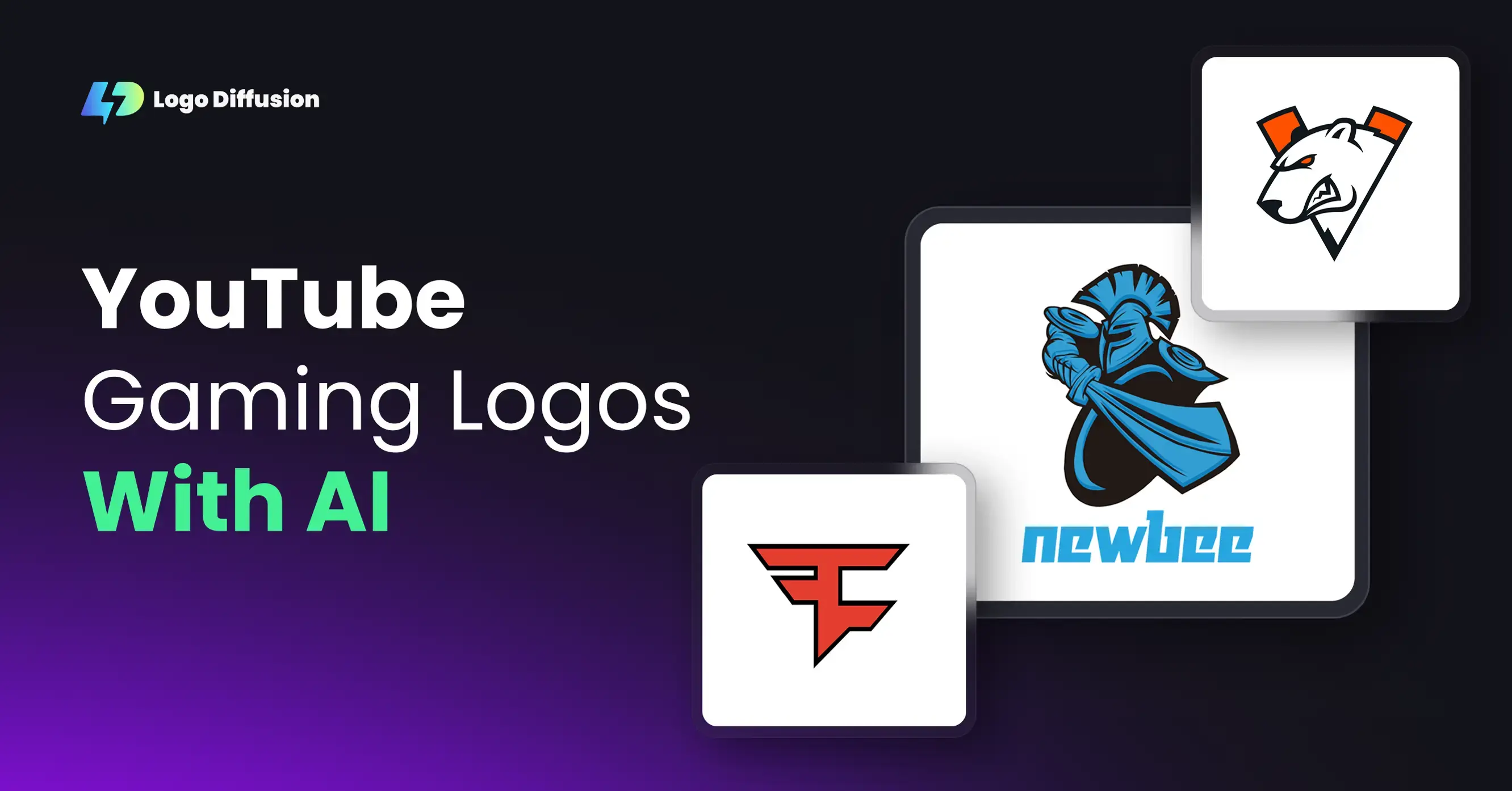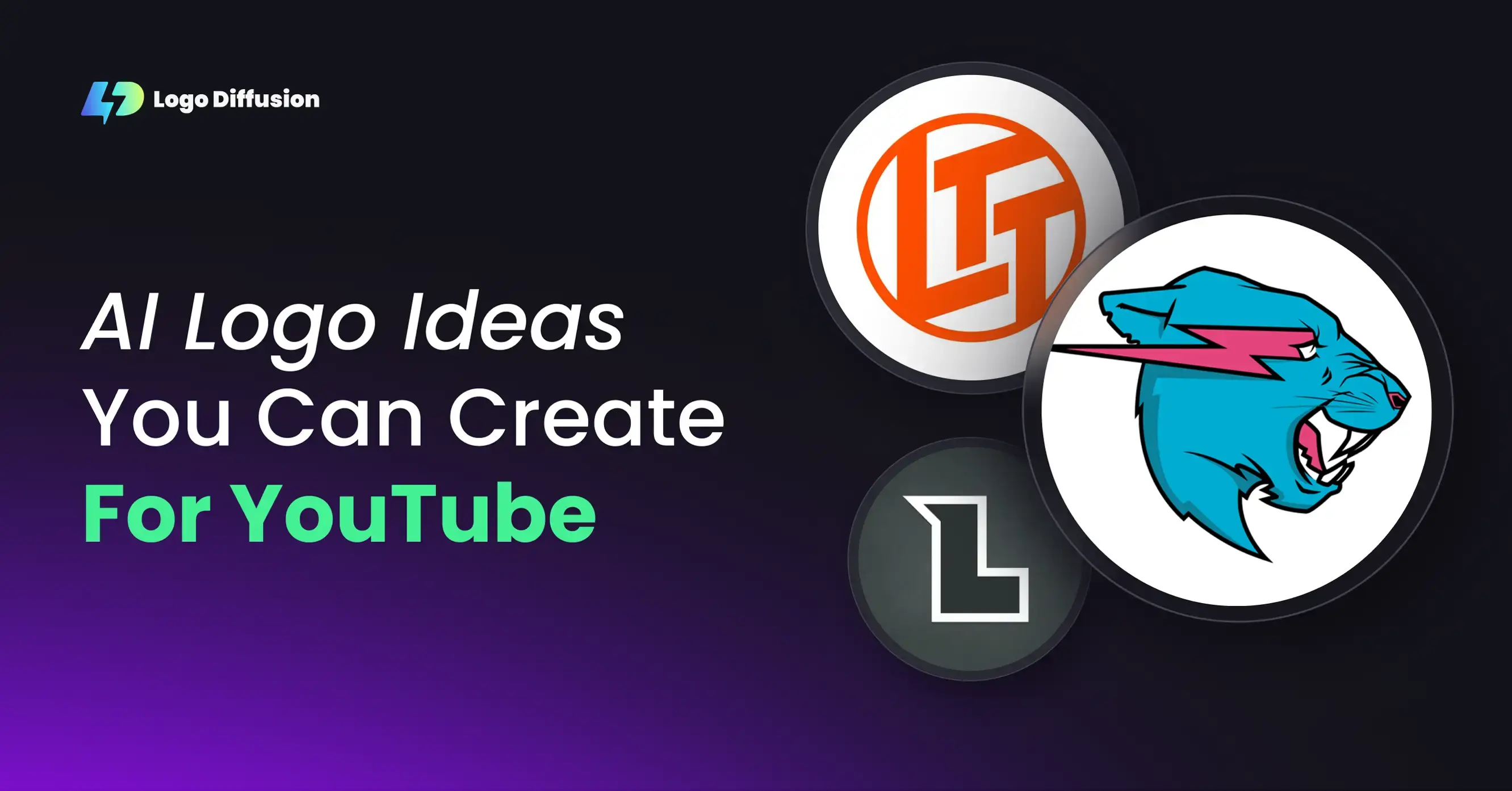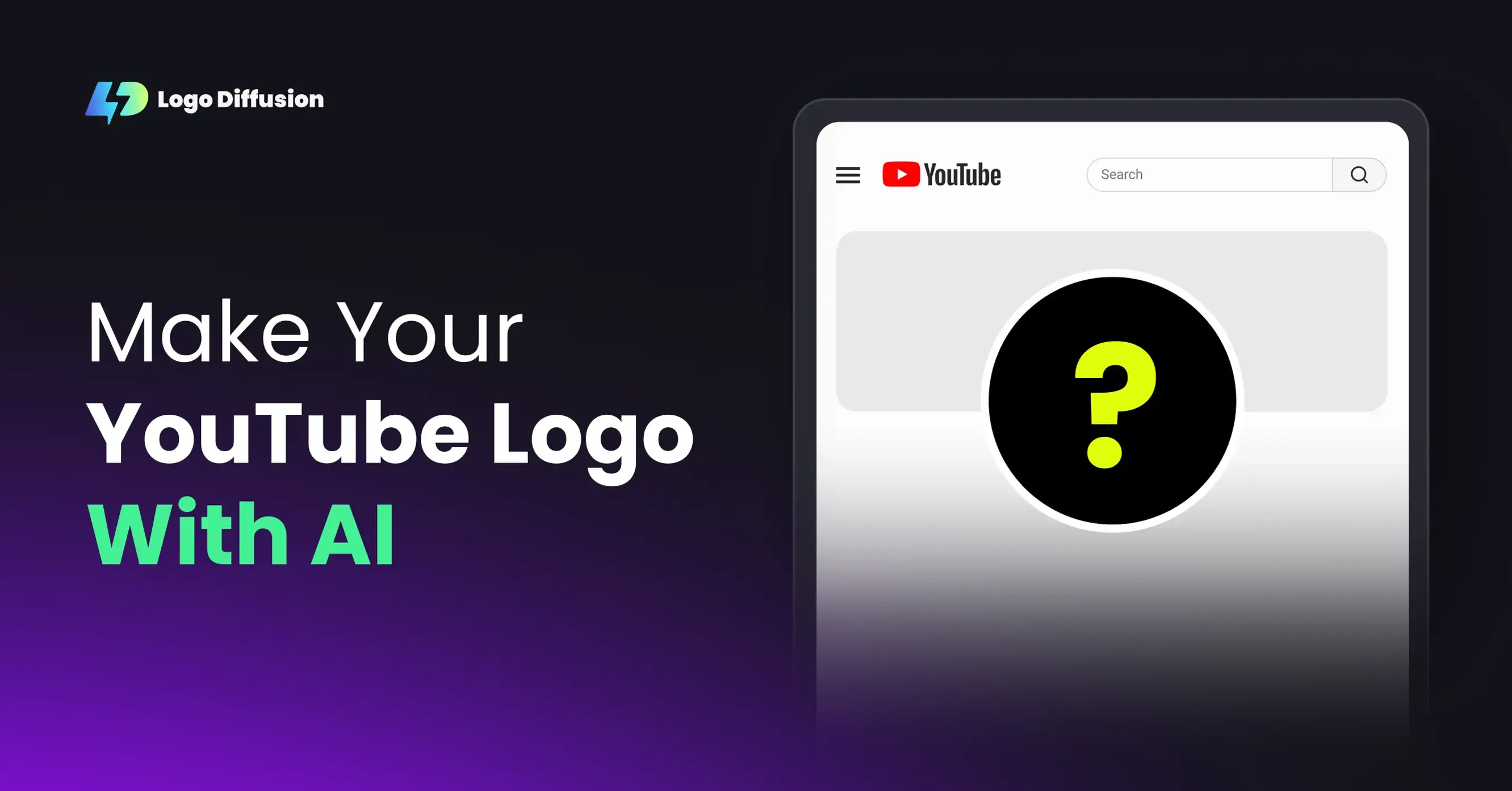

3D logos are transforming branding by adding depth and dimension to designs, making them more engaging and memorable. Here’s how they’re being used:
- Package Design: 3D logos make product packaging more visually appealing and help brands stand out.
- Online Presence: Enhance websites, social media, ads, and email with animated or interactive 3D logos.
- AR/VR Applications: Use 3D logos in immersive digital experiences like virtual showrooms or augmented reality.
- Office and Store Signs: Create standout physical signage with dimensional logos using materials like acrylic or metal.
- Product Design: Add embossed or dimensional logos to products for a premium look and stronger brand identity.
Tools like Logo Diffusion make it easy to convert 2D logos into 3D, ensuring consistency across digital and physical platforms. Whether it’s for packaging, digital assets, or physical signage, 3D logos help brands leave a lasting impression.
1. Package Design
Package design plays a key role in linking brands with their audience. Transforming a flat, 2D logo into a three-dimensional version can make packaging more visually engaging. Tools like Logo Diffusion simplify this process, helping brands improve their packaging and stand out in various branding scenarios.
2. Online Presence
Creating a noticeable online presence often starts with a memorable visual identity. 3D logos bring life and depth to your brand, making it stand out on websites, social media, and digital ads. They turn flat, static designs into eye-catching, dynamic visuals. Here’s how 3D logos can be used effectively in the digital world:
- Website Headers: Add movement by animating logos to respond to cursor actions.
- Social Media Posts: Use 3D renders to grab attention and improve engagement.
- Digital Ads: Animated logos can make your ads more appealing and boost conversions.
- Email Marketing: Add dimension to newsletter headers for a polished look.
Tools like Logo Diffusion’s 2D-to-3D conversion help brands create modern, cohesive digital assets that maintain a professional edge.
For even more impact, explore these additional uses:
- Interactive Elements: Use 3D logos that respond to user actions for a more engaging experience.
- Loading Screens: Display animated logos during page transitions to keep users engaged.
- Social Media Cover Images: Add depth to your profiles with a 3D logo as the centerpiece.
- Digital Business Cards: Make virtual networking memorable with dimensional logos.
Consistency is key to successful digital branding. By leveraging professional tools to convert 2D logos into 3D, brands can ensure their visuals remain sharp and effective across all platforms.
3. AR and VR Applications
AR and VR are changing how brands connect with their audiences by creating immersive experiences. This shift opens up new opportunities for engaging applications.
One example is turning 2D logos into interactive 3D designs. These 3D logos can be featured in digital showrooms and interactive displays, helping brands strengthen their identity in AR/VR environments. Tools like Logo Diffusion allow brands to convert their existing 2D logos into 3D versions while keeping the original design intact.
This method ensures a consistent digital presence and grabs user attention effectively.
sbb-itb-384f04f
4. Office and Store Signs
Physical business locations offer a great chance to leave a lasting impression with dimensional signage. Adding 3D logos to storefronts or office spaces can turn them into standout landmarks that grab attention consistently.
Thanks to modern fabrication methods, businesses can now create signs using materials like acrylic, metal, and LED lighting. Large-scale 3D signs not only catch the eye but also add a stylish touch to a building's design.
Inside, dimensional branding can elevate spaces like offices, lobbies, and reception areas. Raised or backlit 3D logos bring a brand to life, creating a memorable experience for both employees and visitors. Here are a few key factors to consider when planning:
- Material choice: Use weather-resistant materials to ensure durability in different environments.
- Lighting: Design signs to work well with both natural and artificial lighting.
- Size and depth: Scale the sign based on how far away it will be viewed.
- Installation: Plan for weight and mounting requirements during setup.
Tools like Logo Diffusion make it easy to preview designs before production, ensuring a smooth process. When done right, 3D signs don’t just promote your brand - they enhance the overall look of your space with natural shadows and highlights that make your business stand out.
5. Product Design
Incorporating 3D logos into products - like electronics or fashion accessories - can boost both their visual appeal and functionality. For example, in the automotive sector, embossed logos on vehicles not only enhance the overall look but also strengthen brand identity.
When adding 3D logos to product designs, keep these factors in mind:
- Material compatibility: Make sure the logo integrates seamlessly with the product's materials without compromising durability.
- Production scalability: Design logos that can be easily scaled and reproduced for products of different sizes.
- Ergonomic impact: Avoid raised or embossed elements that might interfere with how the product is used.
- Manufacturing costs: Balance aesthetic improvements with efficient production processes.
These considerations open up creative possibilities across industries. For instance, in sports equipment, 3D logos can improve grip. In consumer electronics, dimensional branding adds a premium feel that enhances perceived value.
To ensure accuracy and consistency, tools like Logo Diffusion’s 2D-to-3D preview can help you test how logos interact with surfaces, highlighting potential issues with depth, shadows, or materials early in the process.
Develop a style guide to maintain uniformity across your product range. Include:
- Minimum and maximum logo depths for different uses
- Approved materials and finishes
- Placement guidelines for various product categories
- Quality standards for ensuring dimensional precision
This structured approach helps maintain consistent branding while keeping production efficient and cost-effective.
Conclusion
Using 3D logos effectively across branding platforms is a game-changer in today’s competitive market. These logos can enhance packaging, improve product visuals, and create standout brand experiences in both physical and digital spaces. Here’s how you can make the most of 3D logos.
First, plan carefully. Focus on creating a consistent visual style that reinforces your brand identity across all platforms. This helps build recognition and trust with your audience.
3D logos work well in both digital and physical settings. In virtual and augmented reality, they offer immersive experiences that capture attention and keep audiences engaged.
To get the best results, prioritize consistency, use advanced design tools to preview your logos, and set clear style guidelines for your team.
Embracing three-dimensional branding ensures your brand stays relevant and leaves a lasting impression.
Elevate Your Brand with the Ultimate AI Logo Maker




































.png)




